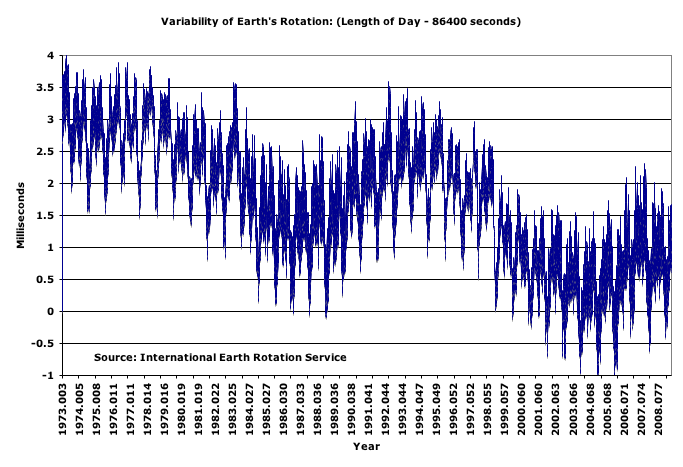Welcome to International “Screw up your calendar week”, otherwise known as the changing of the clocks to Daylight Savings Time (DST) in America. For those elsewhere, or if you happen to live in Arizona, Hawaii, or certain parts of Indiana, or if you happen to live elsewhere in America and have appointments with those living in AZ, HI, or IA, or anywhere else in the world, be sure to check that your appointments haven’t shifted by an hour. For the next two weeks, though, America will be one hour closer to Europe. Oh, and then check again in two weeks.
This debacle is brought to you by the last Republican U.S. Congress who somehow thought that shifting DST would actually save energy. It didn’t, according to one blog and a report on NPR. Whatever.
My beef with this semi-annual nonsense is simply this: don’t change the rule again. Doing so causes chaos to everyone’s schedules, requiring software updates on numerous platforms. It’s a mini-Y2K bug that gets periodically legislated into our programs.
